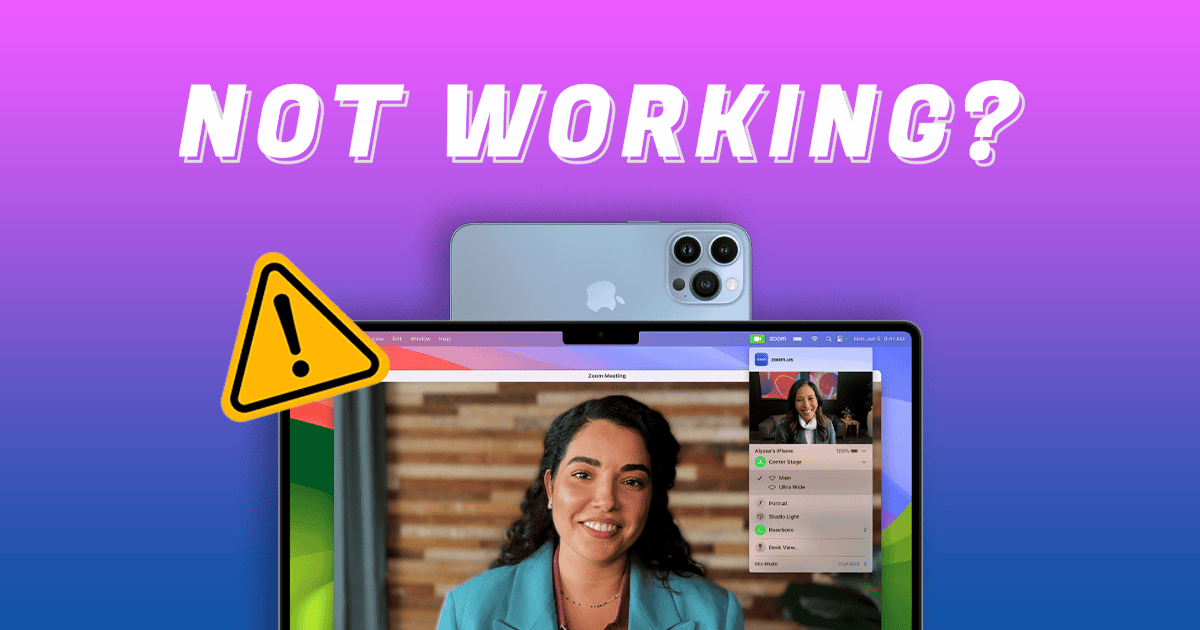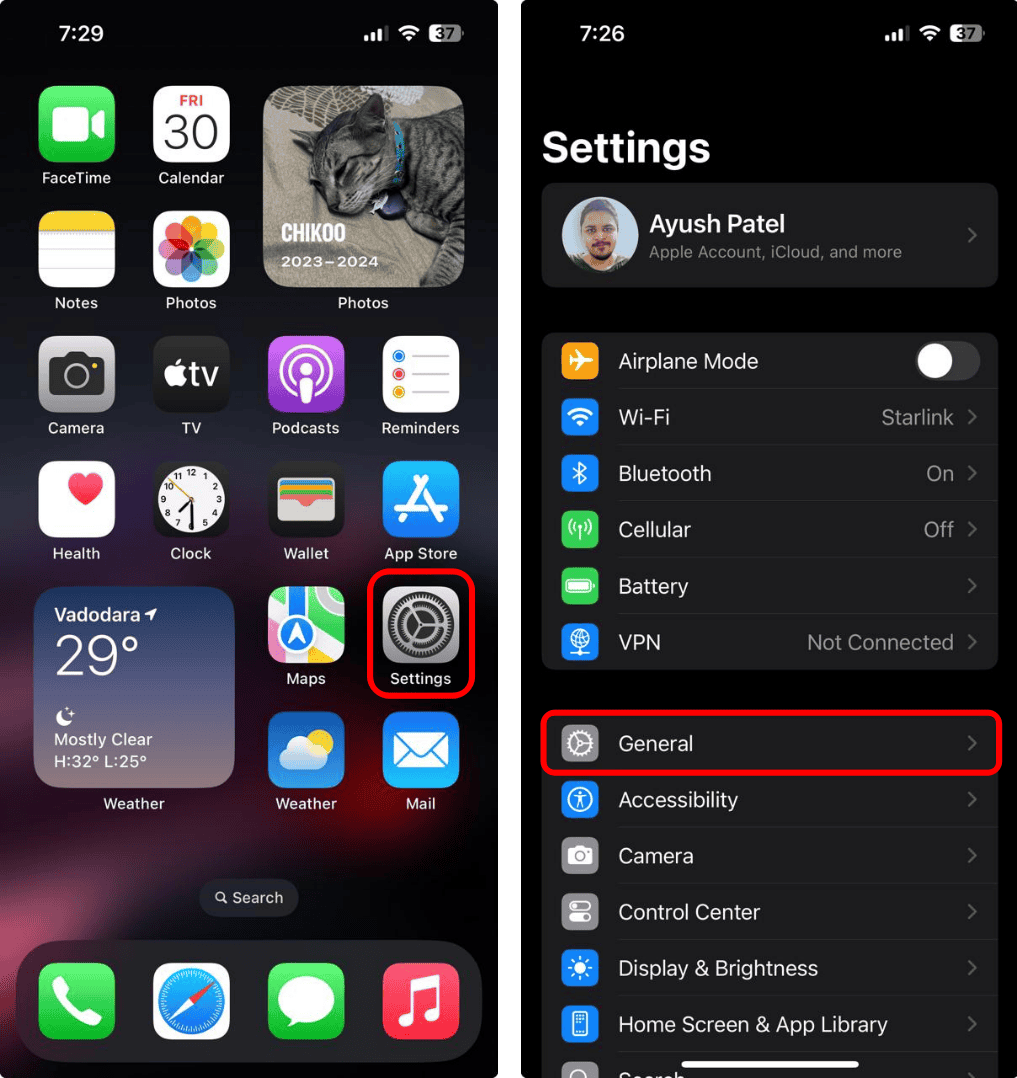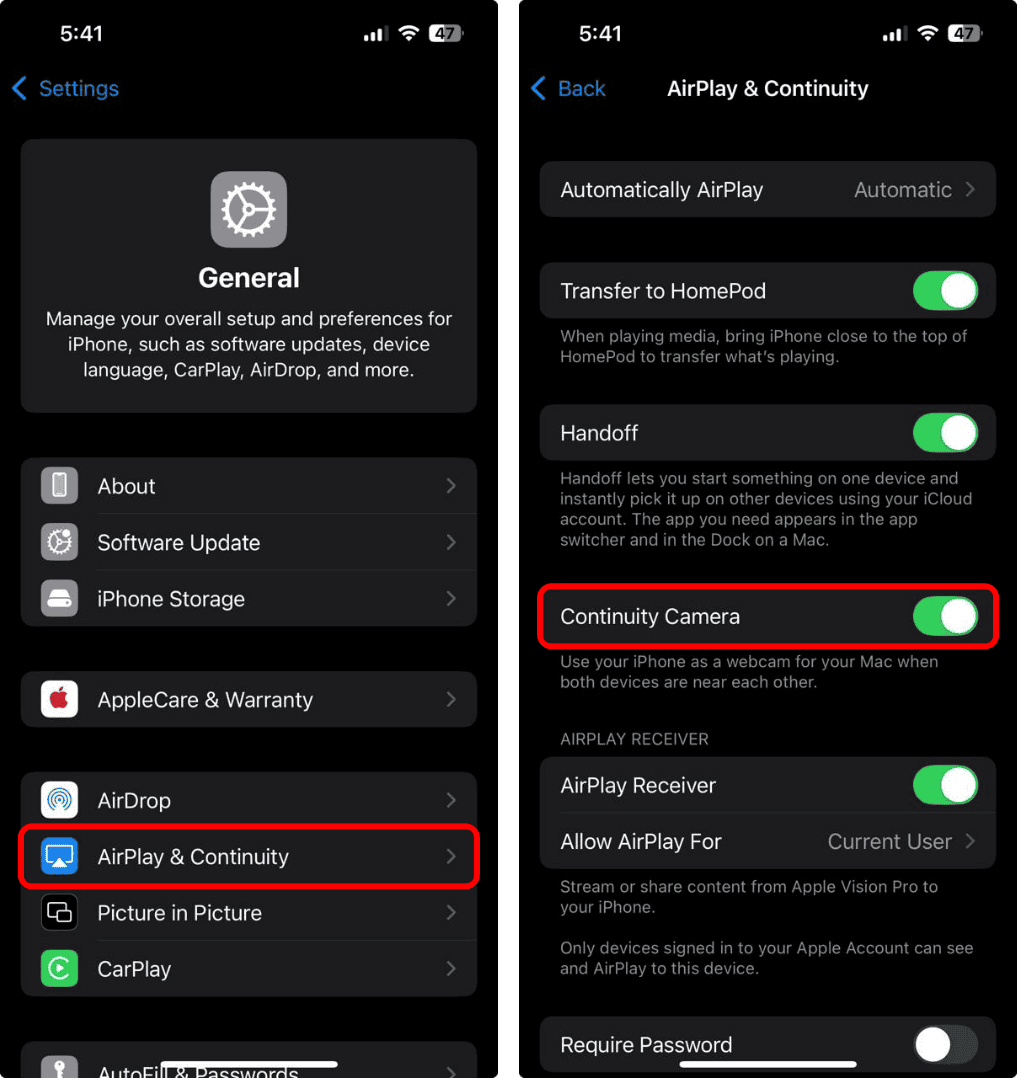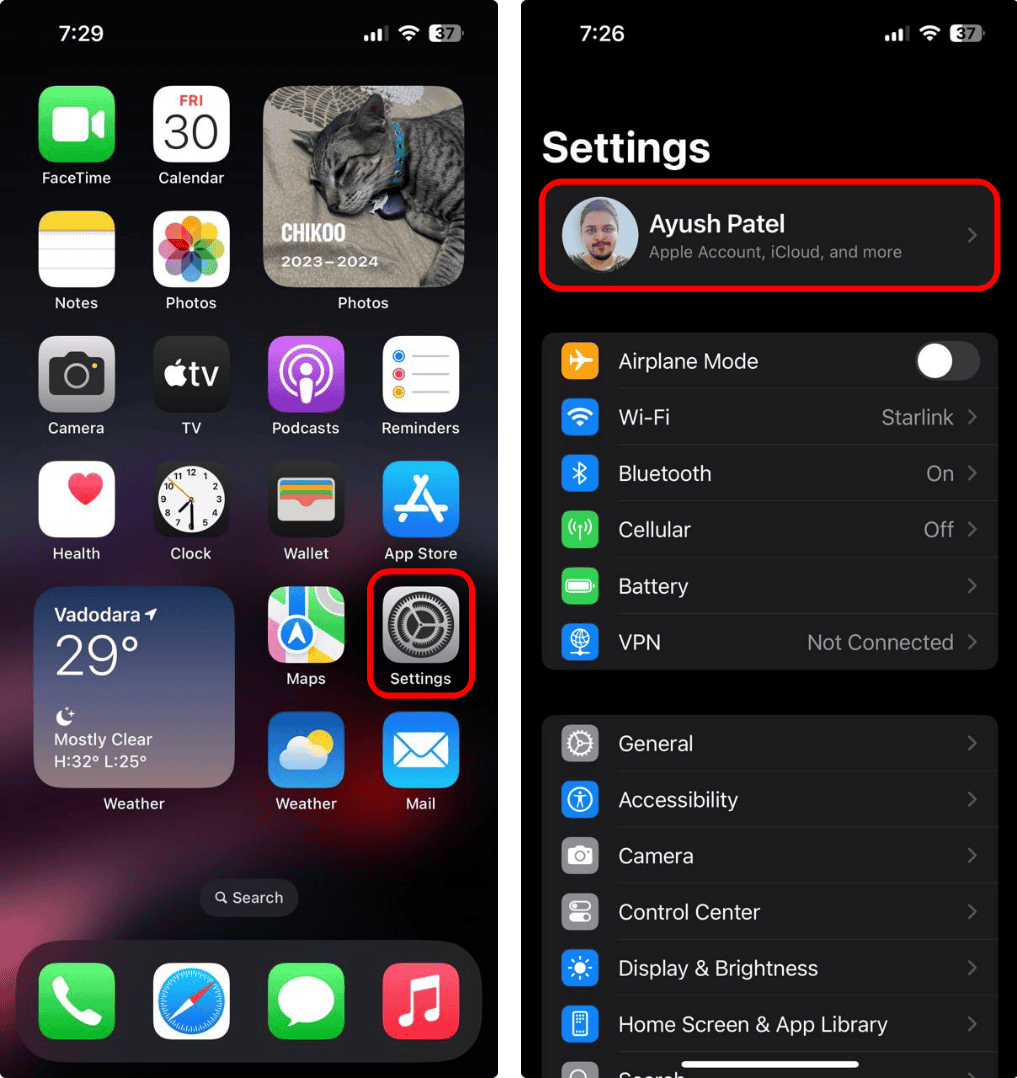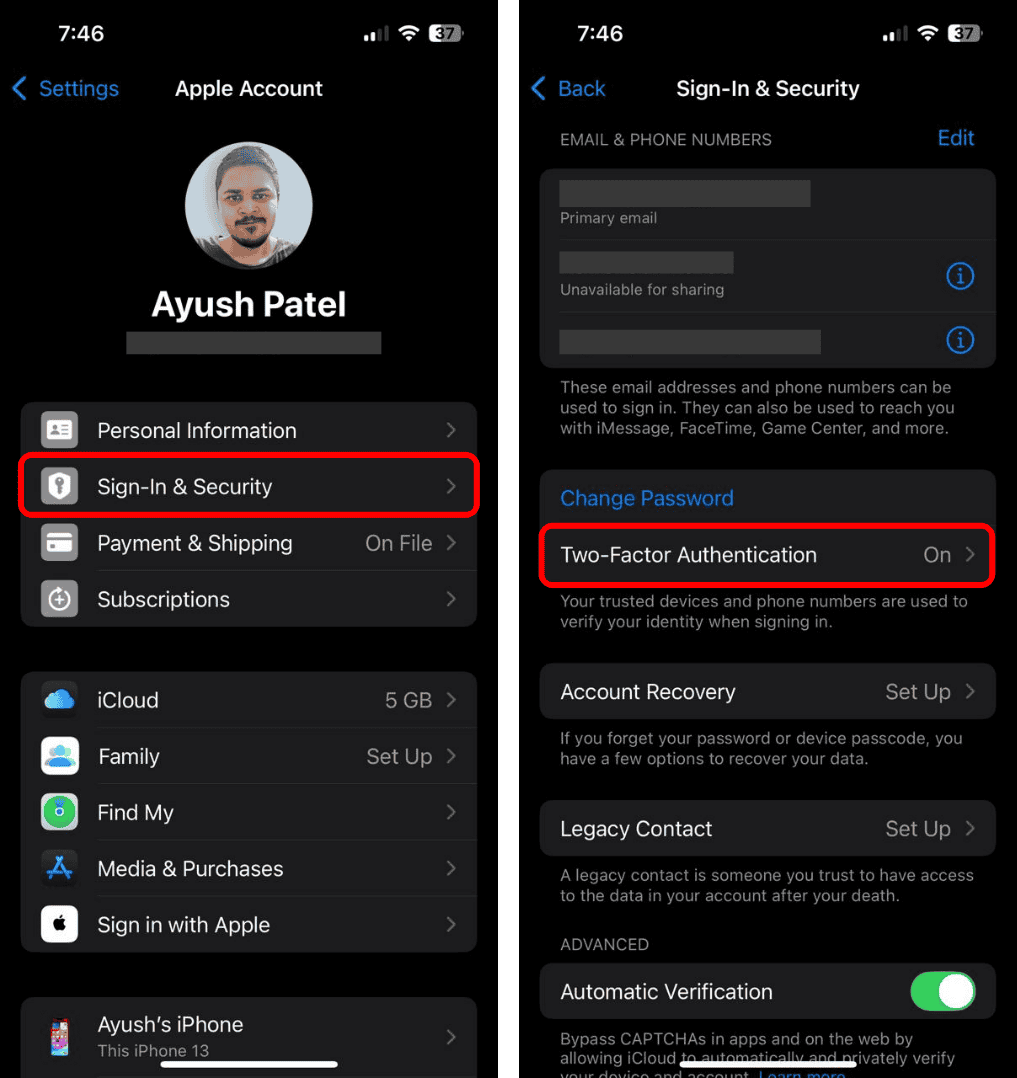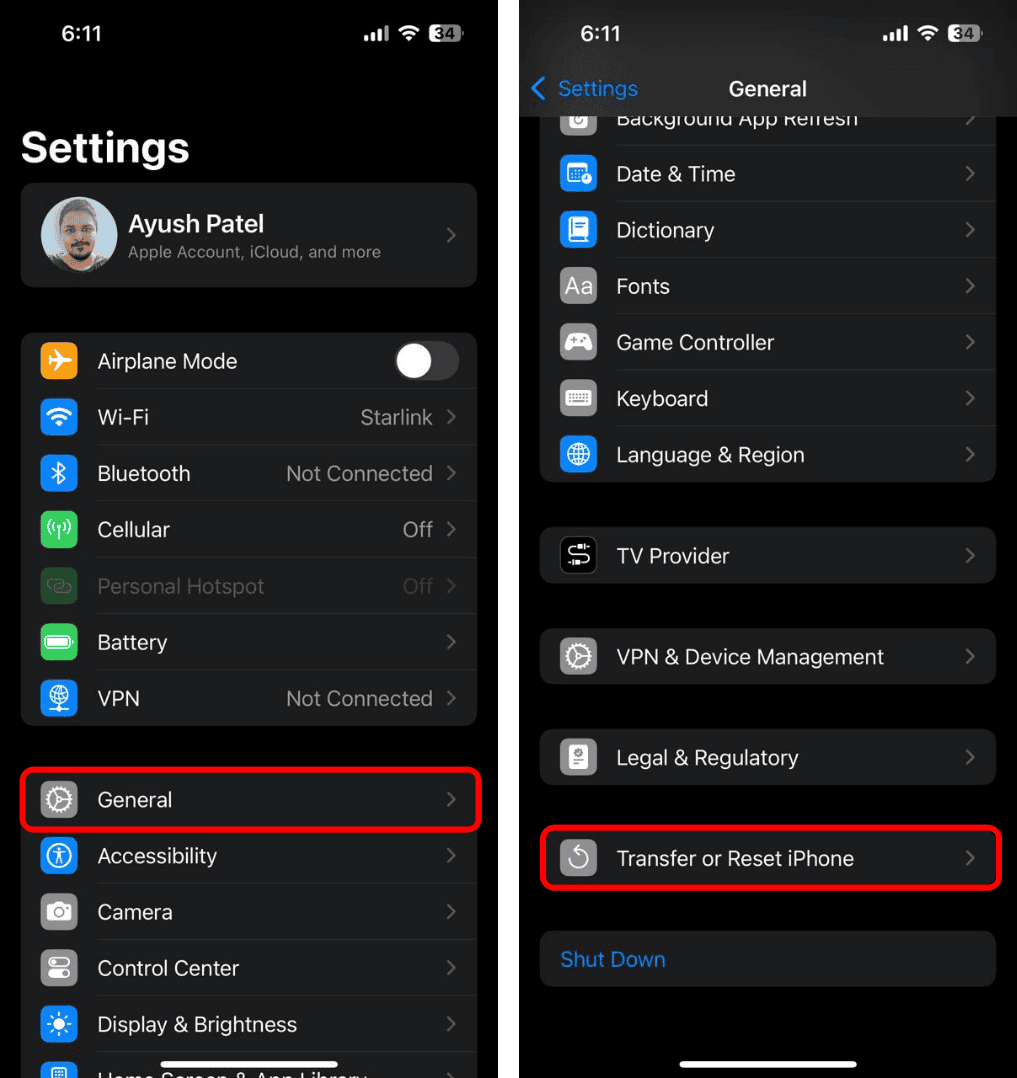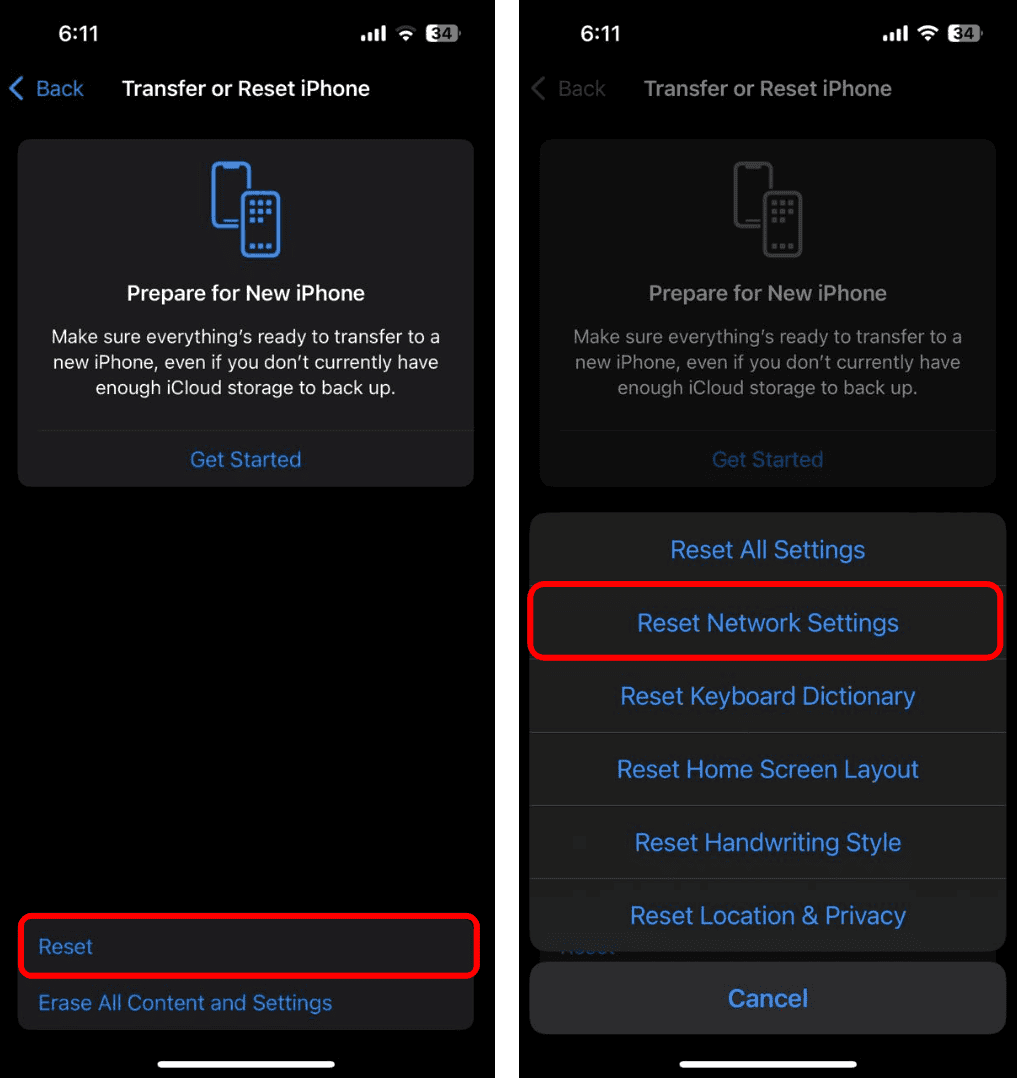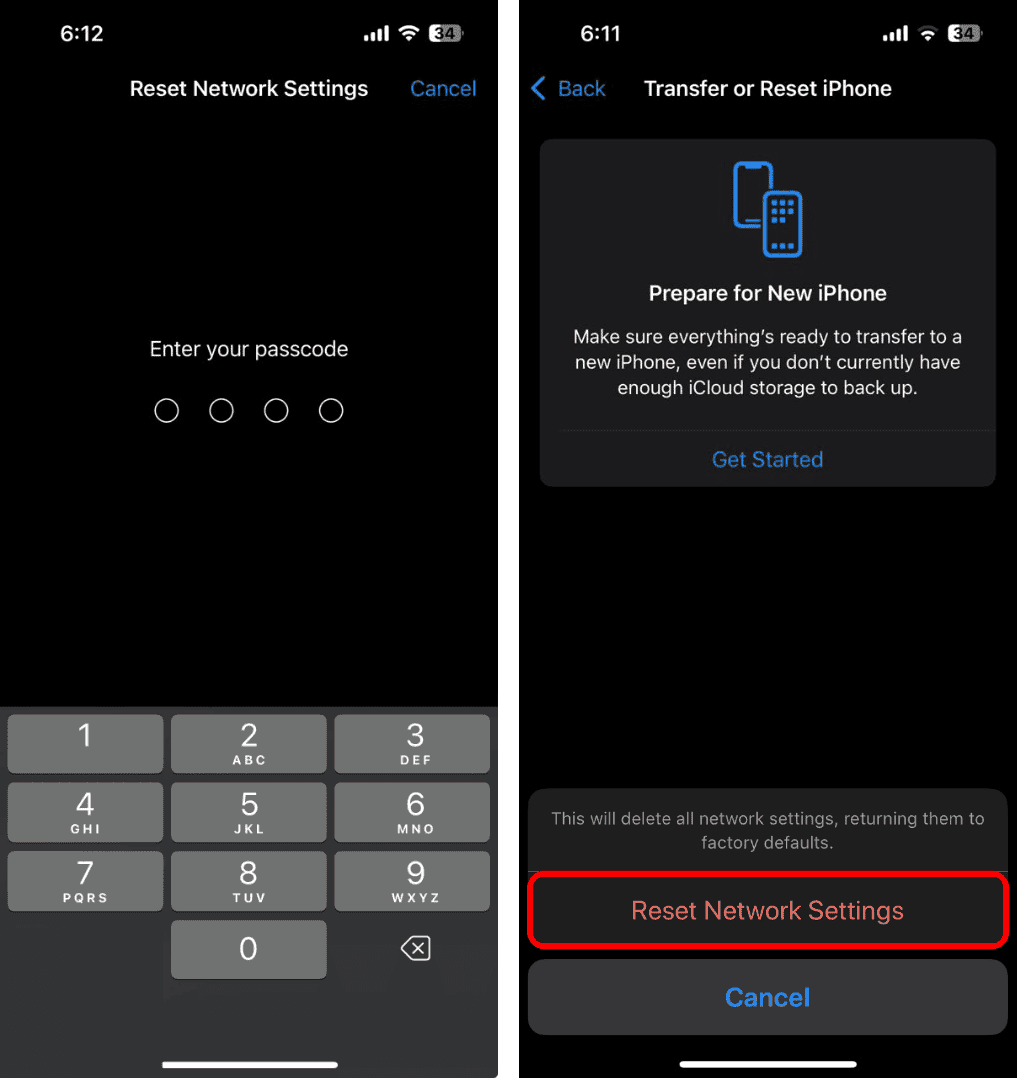Continuity Camera on iPhone is a perfect example of Apple’s ecosystem-based features that seamlessly work together. With this innovative feature, users can use their iPhone as a high-quality webcam for their Mac.
While this feature seems extremely helpful, it might not always work as intended, leaving you stuck with nothing but their Mac’s subpar and low-res webcam. However, that doesn’t necessarily mean something on your iPhone or Mac is broken. In this guide, I will take you through a handful of ways to fix the feature.
Why Is Continuity Camera Not Working on My iPhone?
There could be multiple reasons, from hardware incompatibility to connectivity issues. However, in most cases, the culprit may be as simple as a setting that you need to toggle on or off.
How To Fix iPhone Continuity Camera Not Working?
Similar to most other software features, you can try restarting your iPhone and Mac. But if that doesn’t work, go through the following solutions:
1. Ensure Your Devices Support Continuity Camera
One of the first things you should verify before moving forward is if your devices support the feature.
Continuity Camera is only available on iPhone XR and newer iPhone models running iOS 16 or later, and almost all Macs running macOS Ventura or later. Other than upgrading or updating your devices, there isn’t much you can do if your device or software running on it is incompatible with Continuity Camera.
2. Check if You Have Enabled Continuity Camera
The feature is enabled by default on all supported iPhones. Nevertheless, if you have accidentally turned it off, it won’t work for you.
- Open the Settings app on your iPhone and go to General.
- Tap AirPlay and Continuity and toggle on Continuity Camera.
While you are at it, you may also want to check if Handoff is toggled on. According to a few users on Apple discussions and Reddit, turning on Handoff helped them get Continuity Camera working again.
3. Check Your Wi-Fi and Bluetooth Connection
Continuity Camera uses Wi-Fi and Bluetooth on your iPhone and Mac to communicate with each other. If either of these are turned off, it won’t work. To ensure that this isn’t the case, simply open the Control Center on your Mac and iPhone and check if Wi-Fi and Bluetooth are turned on.
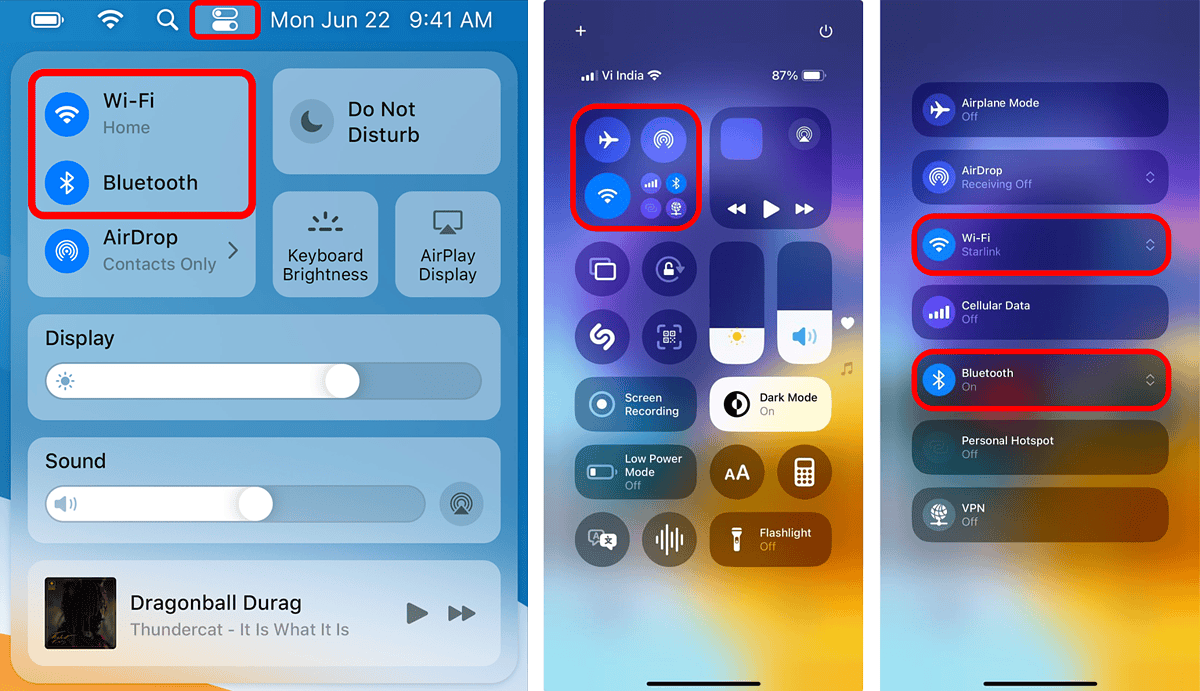
4. Stop Using AirPlay, Sidecar, or Personal Hotspot
Several other useful features, such as AirPlay, Sidecar, and Personal hotspot, rely on the wireless radios on your iPhone to connect with your Mac and vice versa. They could interfere with your camera. If you are already using any of these, turn them off while troubleshooting.
5. Link Your Devices to the Same Apple Account
Your Mac should be connected to the same Apple Account as your iPhone.
- On your iPhone: Go to the Settings app and select the option with your name at the top.
- On your Mac: Go to System Settings and click the option with your name in the sidebar.
If you are signed in to the same Apple Account on both devices, you should be good to go. However, if the issue still persists, you might want to try signing out and then re-signing into your Apple Account.
6. Ensure Apple Account 2FA Is On
For security purposes, Apple requires you to turn on two-factor authentication for your Apple Account before you can use various features.
- Launch the Settings app on your iPhone and tap on your name.
- Go to Password & Security and tap on Two-Factor Authentication.
7. Try Using a USB cable
Frequency congestion from multiple wireless devices in public places can cause issues. In such cases, you should try connecting your iPhone via USB. This not only provides a constant feed, but it also lets you recharge during video calls.
Just connect your iPhone to your Mac using the charging cable and select your iPhone as the camera input device. Do note that if this is the first time you are connecting your iPhone to your Mac, you will need to authorize the connection by tapping Trust on your iPhone.
8. Select Your iPhone as the Camera Input Source
At this point, it’s very likely that the feature works correctly but you just need to select your iPhone as the camera input device in the app that you are trying to use.
To do this in FaceTime, click the Video option in the menu bar and select your iPhone from the list of devices under Camera. Meanwhile, you can do the same from video settings in Zoom and other apps.
9. Reset the Network Settings on Your iPhone
In some instances, misconfigured network settings on your iPhone can also lead to connectivity issues. You should reset the network settings on your iPhone to rectify this.
- Launch the Settings app on your iPhone and navigate to General.
- Scroll down to the end of the page and tap Transfer or Reset iPhone.
- From the resulting page, tap Reset and select Reset Network Settings.
- Now, enter your lock screen password and tap Reset Network Settings.
- Resetting the network settings will remove all the Wi-Fi, VPN, and cellular configurations on your iPhone.
10. Other Potential Ways To Fix the Issue:
Besides the fixes detailed above, there are a few more methods that might help you resolve the issue:
- Disconnect Your Devices From the VPN: According to a user on Apple Discussions, turning off VPN on the iPhone can help resolve network issues that might prevent your webcam from working correctly. You should try the same on your iPhone and Mac, and see if that fixes the problem for you.
- Update iOS, macOS, and the Video Calling App: As a last-ditch attempt to resolve the issue, you should try installing the most recent version of iOS, macOS, and the video calling app on your devices. Installing the latest software updates ensures that you have the relevant bug fixes for potential software issues.
- Ensure Your iPhone Is Mounted Correctly: Sometimes, mounting your iPhone at an incorrect angle can cause glitches, especially if you are using a non-standard tripod. So, you need to ensure that your iPhone is mounted properly, preferably using Belkin’s iPhone Mount with MagSafe.
If nothing else works, your best bet will be to contact Apple Support for further resolution. Trained technicians at Apple, might be able to help you pinpoint the exact culprit behind the issue and offer effective solutions to fix it.
